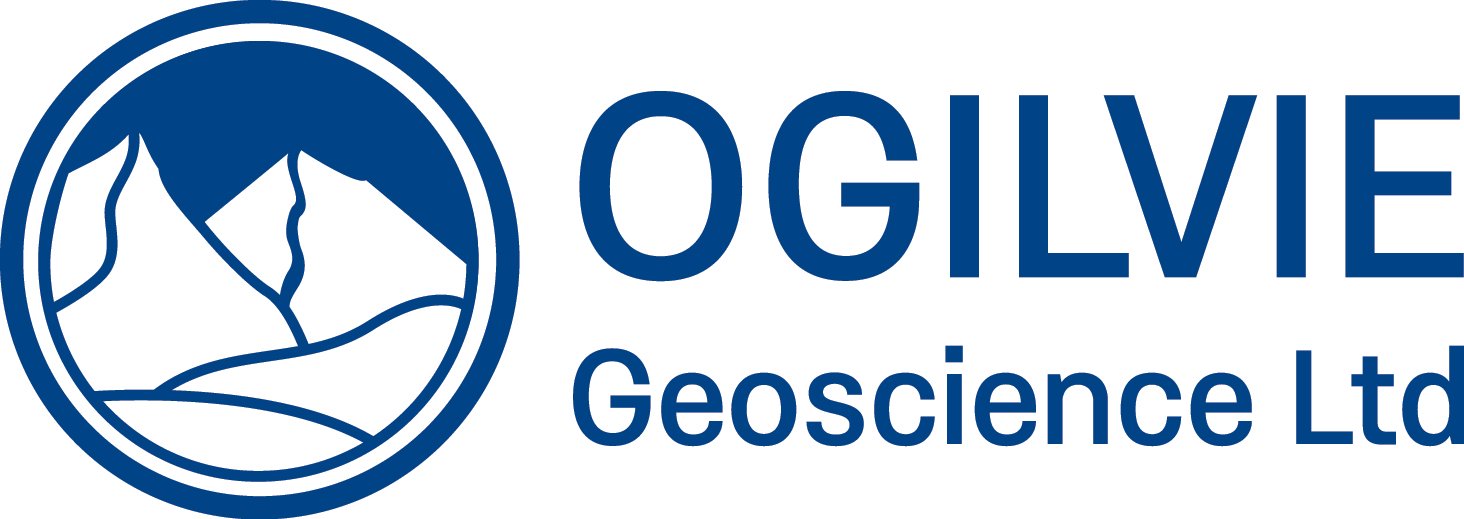Types of Natural Fractures
Whether natural fractures are found on the most strained areas of folds or close to seismically resolvable faults, there are 2 basic types that can only be directly identified on rock core or on rock outcrops.
Extension fractures. Also called joints, these are opening mode fractures where the opposing fracture walls move apart in the direction of sigma 3 (Fig. 1 left). They are usually vertical.
Shear fractures. Also called small faults. These have experienced some shear movement (Fig.1 right). The shear fractures in Fig 1 (right) are normal faults which (if the core is oriented properly) would dip at around 60 degrees, as per Anderson’s model. Note how these fractures define horst and graben blocks in the cored sandstone example (Fig. 1). This would be the case at the seismic scale (on a seismic section) where they would be labelled as faults.
Rock core containing both extension (green) and shear (red) fractures is shown in Fig. 2. The shear fractures in this case are deformation bands which have formed earlier than the extension fractures as are cross cut by them. In this case the shear fractures do not enhance the permeability of the reservoir as these are deformation bands. However, shear fractures can provide permeability enhancement. In contrast, the extension fractures have some aperture and provide a permeability boost to an already decent matrix permeability.
Figure 1. Examples of fractures in cored sandstones. Extension fracture in sandstone from Buchan Field on left. Shear fractures in sandstone core from Clair Field (West of Shetland) on right.
British Geological Survey © UKRI
https://largeimages.bgs.ac.uk/iip/index.html?id=20121005/S00136556
Figure 2. Extension (green) and shear (red) fractures in a near horizontal cored sandstone in the Clair Field, West of Shetland.
British Geological Survey © UKRI
https://largeimages.bgs.ac.uk/iip/index.html?id=20111220/S00158762
Anderson’s model of faulting predicts a conjugate set of normal faults (shear fractures), (Fig. 3) with a 60 degree separation. These are the black, 60 degree dipping structures in Fig. 3. Extension fractures (blue structures) form perpendicular to Sigma 3 and stylolites (green wiggly line) form perpendicular to Sigma 1.
Figure 3. Anderson’s model of faulting.



